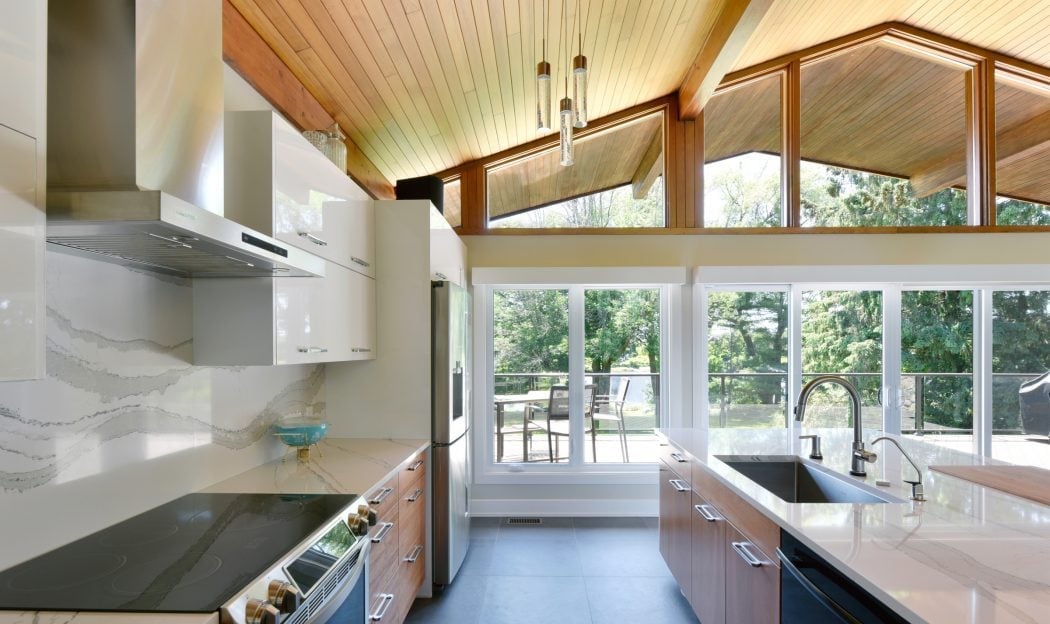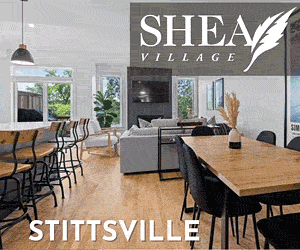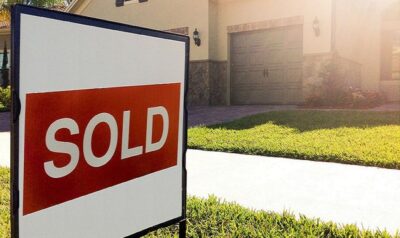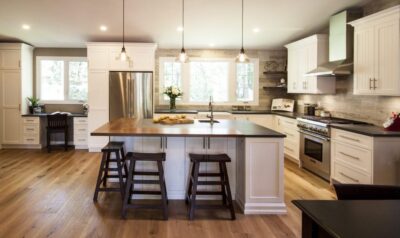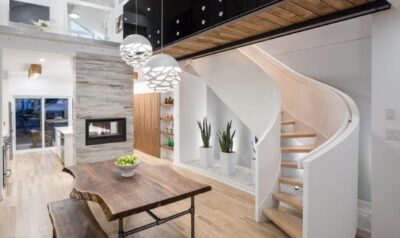Homeowners are often surprised to learn about the potential return on investment for renovations if they sell their home within a short time of upgrading it. In some cases, that return on investment — often called ROI — can run over 90 per cent.
However, if you’re considering a reno, you need to consider more than just the ROI. Are you fed up with a dated kitchen and just need something new? Or maybe now that your children are becoming teens, you really do need that extra bathroom?
If you plan to sell right away, your decisions will lean more toward improvements that give you the best ROI.
Finding the balance
On the other hand, if you’re going to stay there for 15 years, then the ROI isn’t as important as enjoying your home and being comfortable in it.
And if you’re somewhere in between, maybe thinking of selling in a few years, then you’ll want to balance maximizing the return on investment with enjoying the changes you make.
Clearly, your motivation and circumstances will dictate the amount of time, effort and money you put into a project.
Here are several projects, in a generally descending order, that will give you the most bang for your buck — for resale, for comfort, and for the health of you and your home.
Entry doors and garage doors
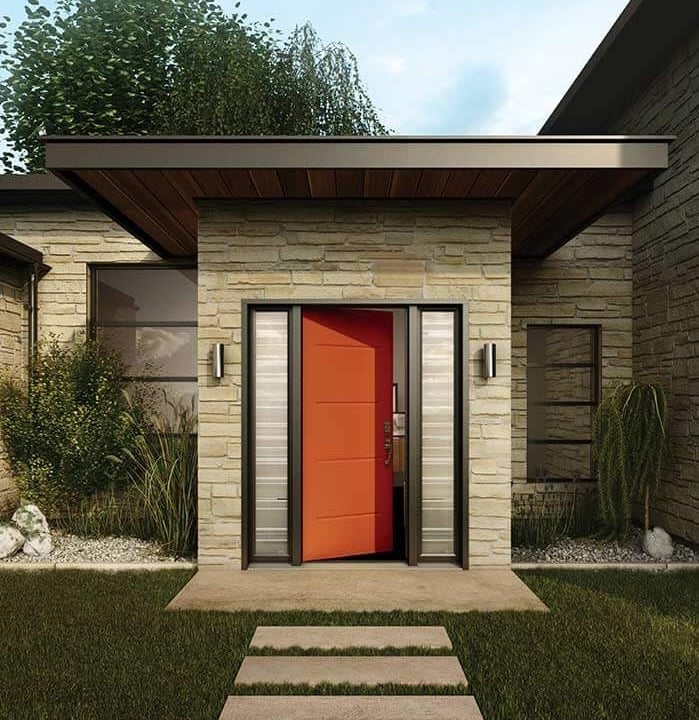
These top the ROI list, coming in at over 90 per cent for a steel front door and a jaw-dropping 98.3 per cent for garage doors, which means an almost total return on investment, according to Remodeling Magazine’s 2018 Cost vs. Value report.
Front doors and garage doors make a huge first impression when someone visits your home, and having doors that look great obviously appeals to buyers. Potential buyers also like the security that good doors offer.
When replacing doors, don’t ignore the value of well-insulated ones. In a properly insulated garage, for example, an insulated door can keep the garage 10 degrees warmer on a cold day and 20 degrees cooler on a hot day, according to Bob Villa, host of TV’s This Old House and other shows. That helps keep your entire home more comfortable and cuts down on energy costs.

A garage door takes up a lot of real estate on the front of your home. That’s why it’s important to match it to your home’s style. A modern-themed home calls for a simple garage door with little detailing. A traditional design means a more elaborate door.
Front doors start around $1,000 to $1,500, including installation, but that dollar figure grows quickly when you start adding features like sidelights or go to a superior quality door. A new garage door costs about the same.
Adding a room
Homeowners sometimes have an addition built in an attempt to deal with lack of space.
The ROI can be significant: Up to a 70 or 80 per cent return for an attic bedroom, a family room or a sunroom and up to 86.4 per cent for an additional bathroom. According to a study for the National Association of Realtors, every 1,000 square feet added to a home boosts the sale price by more than 30 per cent. The study was done some time ago and in the U.S., but it’s fair to extrapolate to Canada.
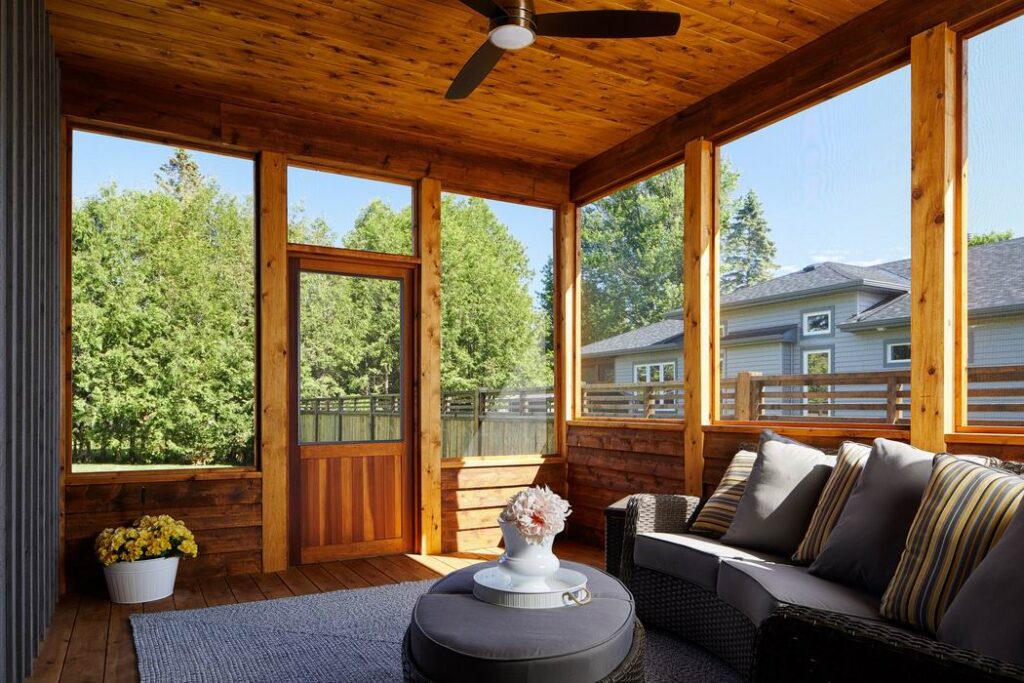
However, while the ROI is high, adding a room to your home is not a cheap fix. In fact, it may not even be necessary if redesigning your existing space makes more sense, according to Chris Parish, general manager of Ottawa’s Lagois Design-Build-Renovate.
“Many people that I meet with, quite often the first thing they say is ‘I have to add space in my house.’ But it’s important to slow down and figure out why you want to make these changes. What is a must-have and what is a nice-to-have?
“When we go through our process of figuring out the whys, quite often we can provide a solution that solves the issues while still working within the footprint of the house.”
Sometimes, though, an addition is what’s needed, says Parish. “The key is to make sure you’re doing it for the right reason.”
RELATED: Best affordable renos when selling your home
No matter what you decide about adding on, remember that, for ROI, it’s important to create a space that will appeal to a large percentage of the public. So, while you may personally like blue sinks and toilets, if you want to sell, that’s not going to be seen as a plus by potential buyers.
You also need to keep in mind the other homes on your street and in your neighbourhood. If you undertake a reno that’s going to make your home the most expensive on the street, you won’t usually get your money back when you sell. That’s because your home’s value will be dragged down a bit to be closer to the average value on the street.
Decks
Whether you are thinking of adding a deck or improving your existing one, it’s worth noting that, along with fences, decks are among the top five renos for enjoyment value, according to the Appraisal Institute of Canada.
They also have a good ROI, according to the Cost vs. Value report: anywhere up to 82 per cent for wood and more than 60 per cent for other materials, which are lower maintenance than wood.
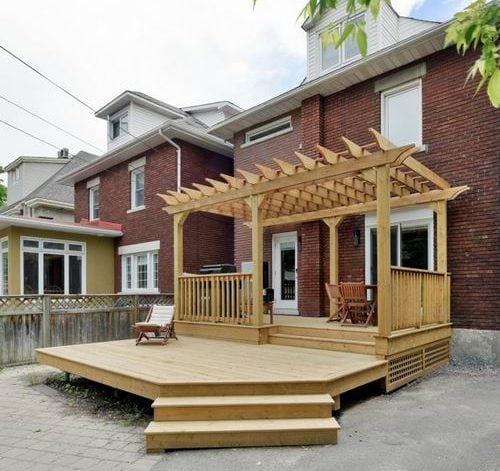
A new deck can like this one above by Lagois can run $25,000 to $30,000, although a simple structure can be as little as $5,000 to $10,000.
The cheapest deck is the one you build yourself. It will probably cost you about 50 per cent less than a contractor-built one. But it’s going to chew up a lot of time you might want to spend on other projects. It could even end up costing more than you budgeted for just because you make mistakes and waste material.
A reputable contractor will also give you a guarantee. Whether you hire a contractor or do it yourself, remember that in Ottawa you need to get a city permit for most decks.
Kitchens
The kitchen is the heart of most homes, the place where the food that nourishes us is prepared, where family and friends gather. So, it’s not surprising that kitchen upgrades are among the most popular renos.
They aren’t cheap. A 2017 survey of kitchen renovations found that most homeowners spent between $25,000 and $50,000. The survey was American, but the numbers are applicable to Canada.
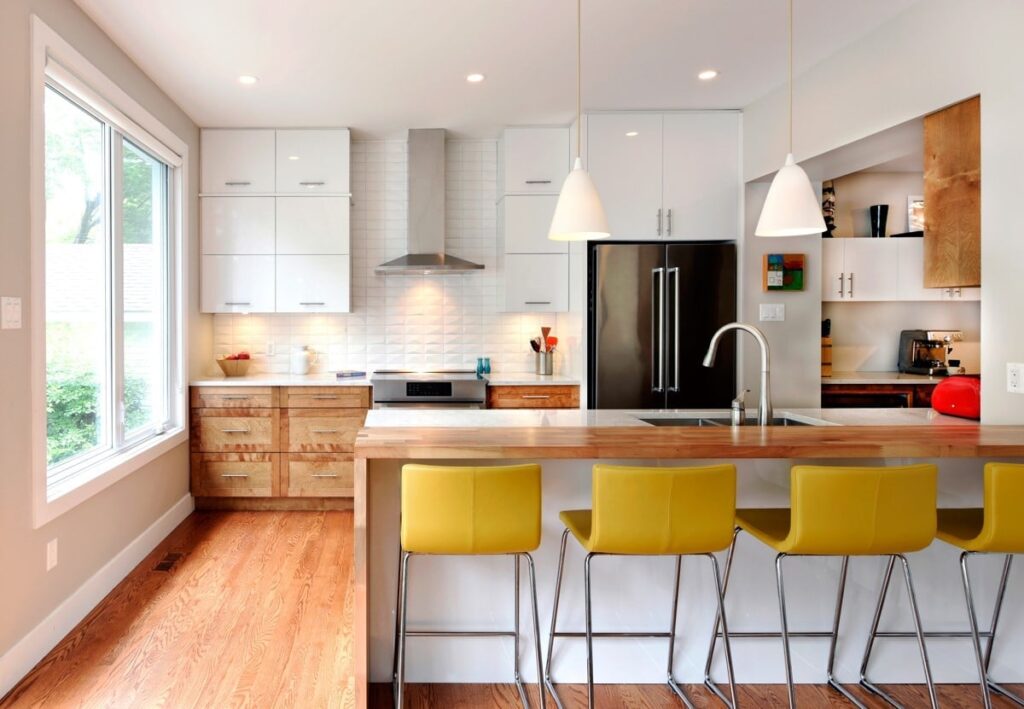
Kitchen renos can also be complex, says Parish. That’s because there are a lot of systems in a kitchen, from electrical to plumbing to venting. “Relocating or upgrading these systems can be quite complex and it can involve things like pulling down ceilings, taking out walls.”
A kitchen renovation can also be time-consuming and disrupting, he notes. Where are you going to eat while your kitchen is a construction zone? A temporary kitchen in the basement may be a solution.
RELATED: Kitchen renovations – inspirations from the pros
Despite cost and complexity, the ROI on a kitchen upgrade is generally good.
A minor renovation — for example, resurfacing cabinet doors or changing the countertop — can give an ROI of up to 80 per cent, according to the Cost vs. Value report. And if you’re not planning to sell your home anytime soon, a minor renovation is still a great way to freshen up your kitchen without breaking the bank.
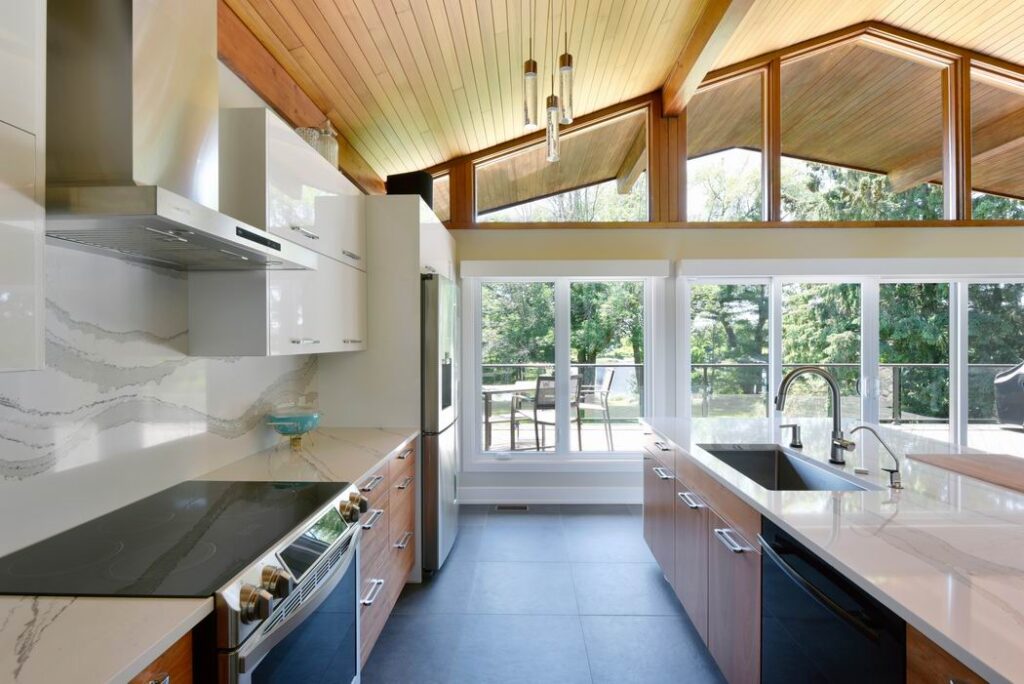
When it comes to a major kitchen reno, the ROI drops to about 50 per cent. But if you stay in the home rather than selling it immediately, you also get the pleasure of a completely refurbished kitchen.
If a full-on renovation is beyond on your budget, consider doing it in stages by getting a complete design created now, but implementing just part of it. For instance, replace a few cabinets, install a new but inexpensive countertop, maybe replace the floor, and give the walls a fresh coat of paint. You’ll be amazed at how much fresher the room will look. Then, when you’ve saved up a bit more money, have the work finished.
Working with a reputable kitchen designer and supplier means you should have no problem getting everything to match when it’s all finished.
A word of caution on kitchen renos: Although a contemporary and neutral design will likely hold its value better than a trendy one, if you wait 15 years before selling your home, your kitchen will still be showing its age and your ROI will be much less.
One more thing: As Parish notes, a kitchen upgrade can take quite awhile. In fact, many renovation projects take longer to complete than you might expect, as Herb Lagois, owner of Lagois Design-Build-Renovate, explains.
Roof replacement
It’s not sexy, but a new roof can save you a lot of grief by protecting your home and it can offer an ROI of more than 68 per cent, according to the Cost vs. Value report. Your roof is one of the first lines of defence in keeping out water and it’s often an item that gets factored into a price offered on a home. If the buyer figures they’re going to have to replace the roof soon, they’ll want a break on what they’ll pay you.
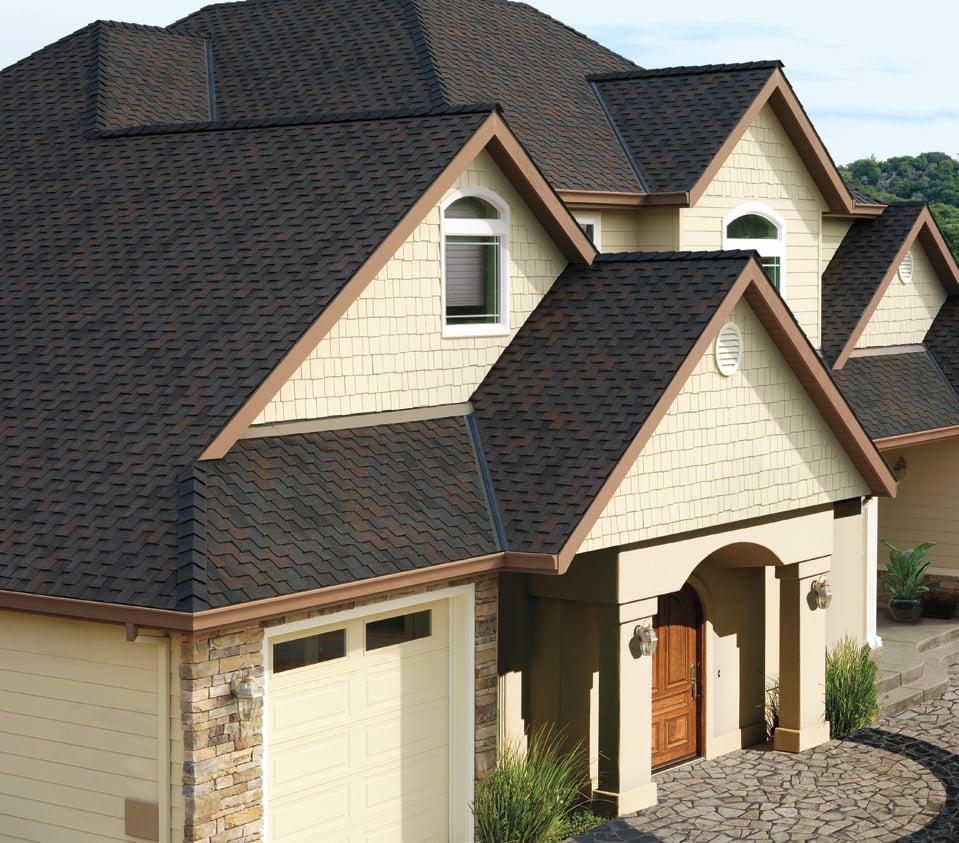
Replacing your roof is one of those improvements with a long life expectancy. How long depends on what you put on your roof. Typical asphalt shingles have a lifespan of 15 to 20 years, while a super-durable shingle that includes fibreglass can last double that.
Steel roofs, which we used to only see on the farm, are gaining in popularity for urban homes. Like shingles, not all metal roofs are created equal, but a good one can easily last 50 years.
How much a shingled roof will cost you depends on things like the type and complexity of your roof and the type of shingles you choose. Count on budgeting at least $10,000 for a simple roof using architectural shingles.
Curb appeal
Curb appeal is crucial whether you’re selling your home or not.
Certainly if you’re selling, you’ll find it tough getting a buyer to even step inside your home if they don’t like what they see from the curb.
And if you’re not selling, having a home with curb appeal shows pride of ownership and means having a place you love to come home to.
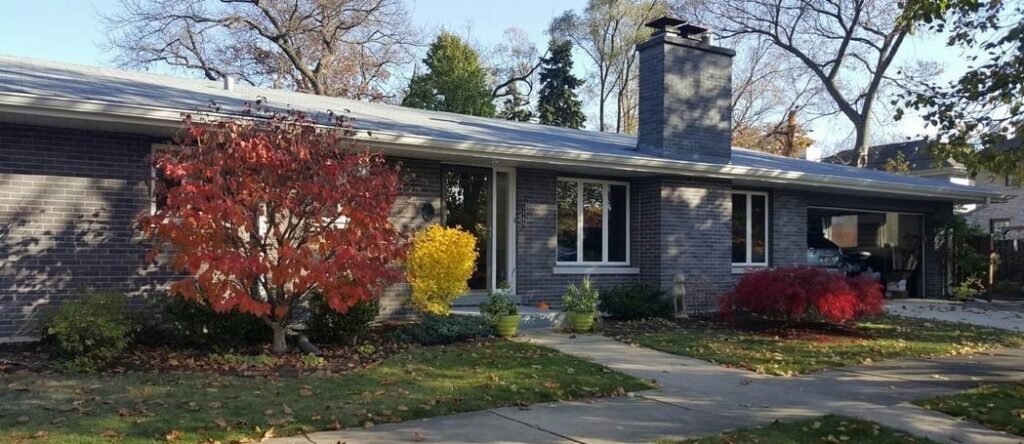
Your ROI on curb appeal upgrades will vary depending on what you do. New siding, for instance, can equal more than 75 per cent ROI, even more if you opt for manufactured stone veneer (78 per cent), according to the Cost vs. Value report. The key here is a low-maintenance choice.
One of the easiest and budget-friendly ways of upping your curb appeal is to rejuvenate your landscaping or selectively add to it. Overgrown gardens and shrubs suggest a neglected home in general. But don’t go crazy on the landscaping, particularly if you want to sell. Large gardens can intimidate some buyers who will see nothing but the work involved in maintaining them.
Window replacement
Windows can account for up to 25 per cent of your home’s heat loss, according to Natural Resources Canada. That means if you’re spending $1,000 a year to heat your home, you’re losing up to $250 through your windows.
Older windows are definitely less energy efficient than the new ones, so if yours are more than 15 or 20 years old, it’s probably time to think about replacements. That’s especially the case if you’re experiencing drafts or condensation problems.
Windows can be fairly expensive. You should expect to spend anywhere from $7,000 to $10,000, including installation, for decent-quality windows in a “standard,” 3-bedroom home. Go for high-end windows and your cost could easily be $20,000 or more.
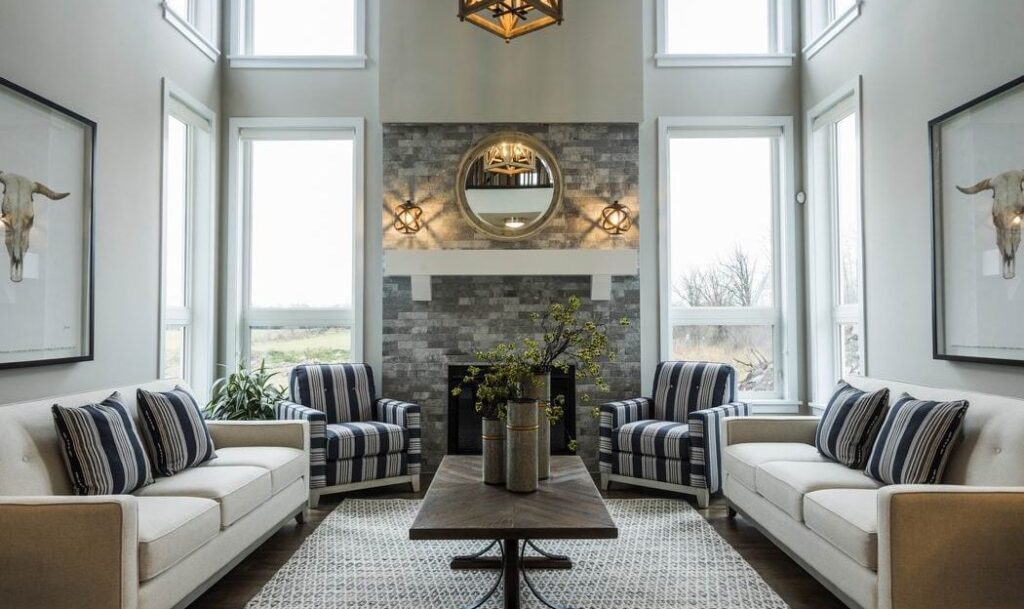
On the other hand, well-built windows will cut your energy bills. And by reducing your energy consumption, you’ll reduce the amount of greenhouse gases your home produces.
Like many other renovations, new windows will also make your home a more enjoyable place to live. For instance, they can help reduce dry air and static electricity inside your home in winter by helping keep the air warmer and therefore moister (warm air holds more moisture than cold air).
New windows give you great ROI, according to the Cost vs Value report: up to 75 per cent depending on the type and material. In fact, the Appraisal Institute of Canada has said replacing windows is the top green reno for return on investment.
One way to ensure you are getting good windows is to ask for Energy Star products. They are anywhere from 8 to 40 per cent more energy efficient than ordinary windows, according to Natural Resources Canada.
Bathroom remodel
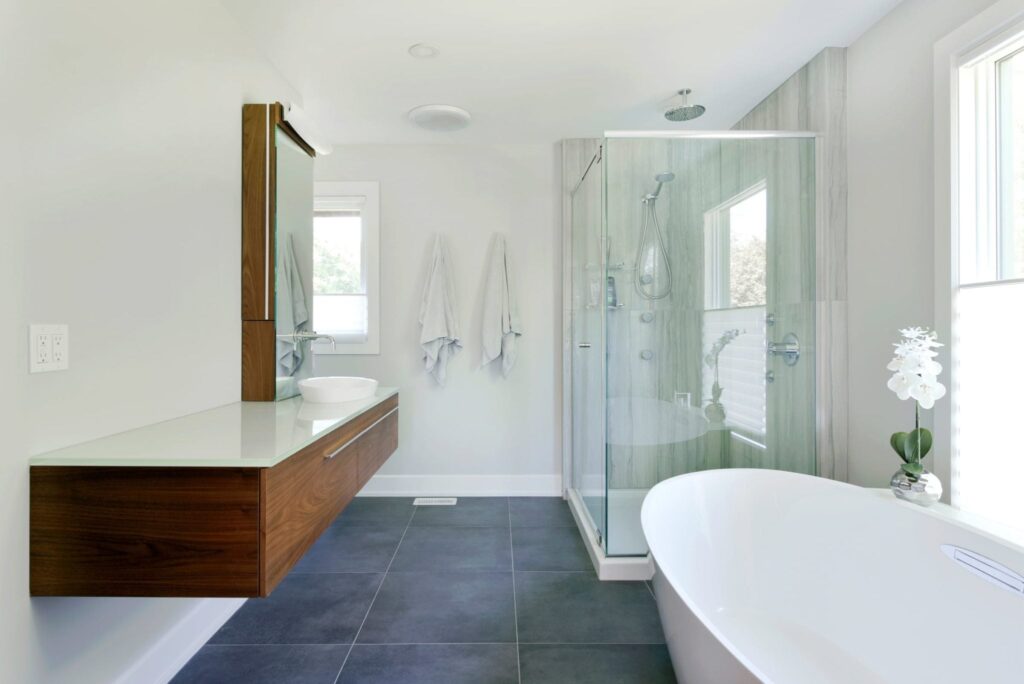
Like kitchen renovations, the more you spend on remodelling your bathroom, the lower the ROI. For instance, a mid-range bathroom makeover — $20,000 — will get you about 70 per cent return on investment if you sell your home, according to the Cost vs. Value report. Spend $60,000, and the return drops to about 56 per cent.
“Bathroom renovations can cover a very wide spectrum,” says Parish. “But if you have a bathroom and you’re happy with the space and layout, a cost-effective way to renovate that bathroom is (through simple replacements). You can be amazed at how different new tiles, new paint and shiny plumbing fixtures in an old 1970s bathroom can look.”
He recommends always installing grab bars or, at the very least, putting in supports behind walls for future grab bar installation.
A final suggestion from Parish: “With our busy lifestyles, a lot of people are removing soaker tubs and putting in showers … One thing we always recommend if you’re removing tubs is, somewhere in your house, maintain at least one tub for resale value or for kids.”
Energy upgrades
Energy upgrades are not just about the ROI. For sheer health reasons alone, energy upgrades are tops. An efficient home reduces the chances of mould growth and typically has air that is filtered and replaced regularly to keep it fresh.
Plus there are the environmental benefits. An energy-efficient home means a smaller carbon footprint. And it’s a more comfortable home to live in. For instance, better insulation and new windows can significantly reduce cold winter drafts and help keep humidity levels in check.
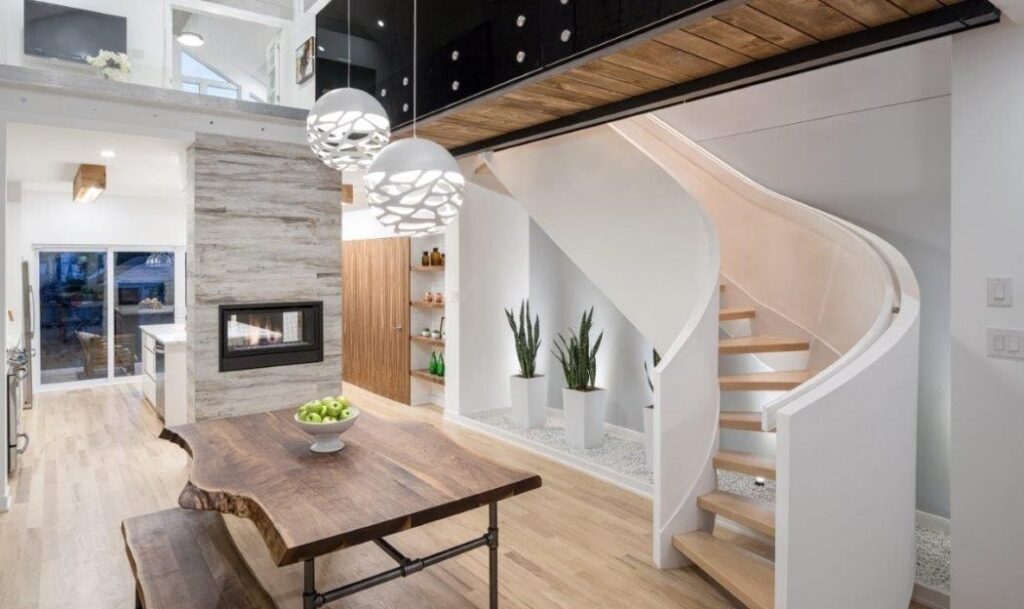
And then there’s ROI. You don’t have to do a complete overhaul of your home — like this project above that combines style and sustainability — to get energy efficiency benefits.
For some improvements, like upping your attic insulation, you get the combined benefit of an affordable upgrade that can give up to 90 per cent ROI, according to Remodeling Magazine’s 2016 cost vs value report.
Things like a new furnace or solar panels may give you a lower ROI than attic insulation, but don’t forget to factor in the savings in utility bills thanks to lower energy costs. For instance, upgrading your furnace and air conditioner can cut your energy use for heating and cooling between 20 and 50 per cent.
The benefit of lower utility bills has greater value if you plan to stay in your home, but still, according to the Appraisal Institute of Canada, efficiency upgrades are one of the top ROIs.
Of course, there are other upgrades you could do that will give a good return on investment — replacing your flooring, for instance, or simply painting a room, which gives you one of the biggest bangs for you buck around, but the ones mentioned here are currently among the top ways to add to your home for the triple effect of increasing its value, adding to your comfort & enjoyment, and keeping your home a healthy environment.
And while it’s not an upgrade, simply carrying out the regular maintenance your home needs is an effective way to keep its value up. Need help remembering those tasks? Check out our new reminder service; it’s free!
